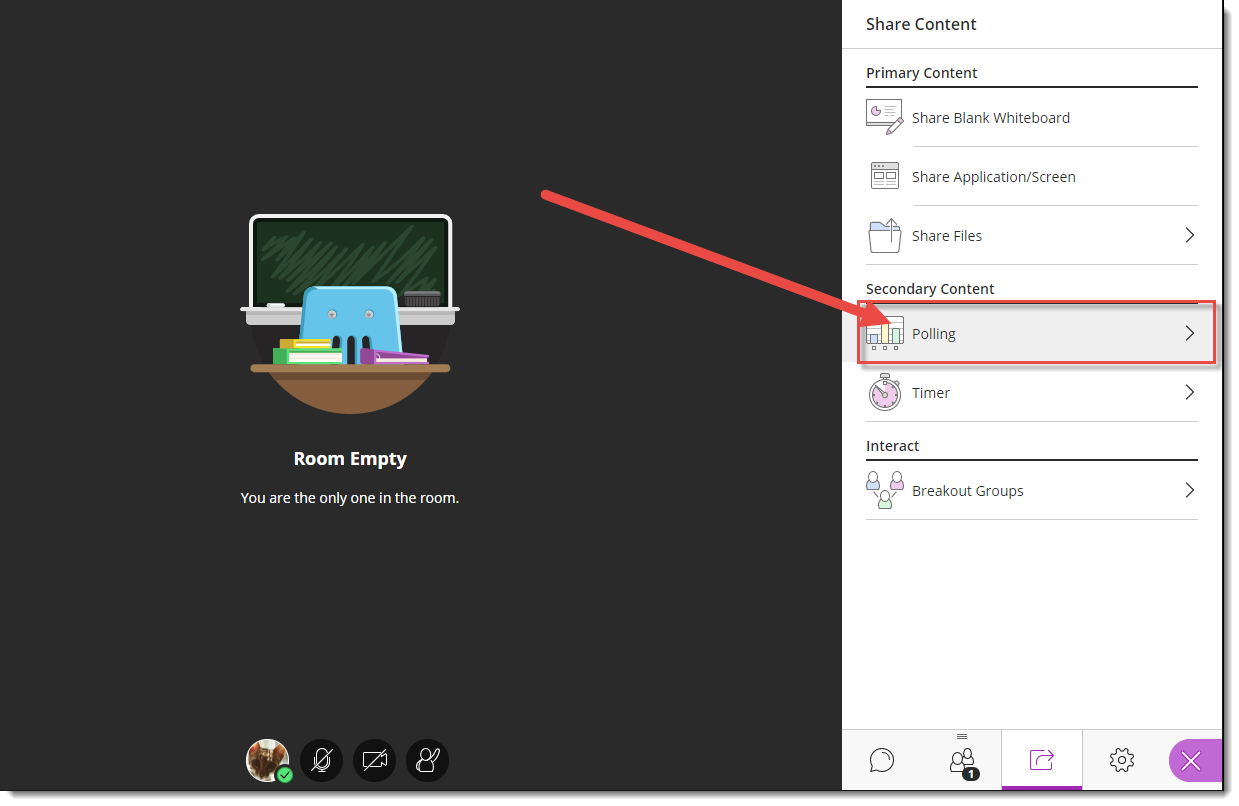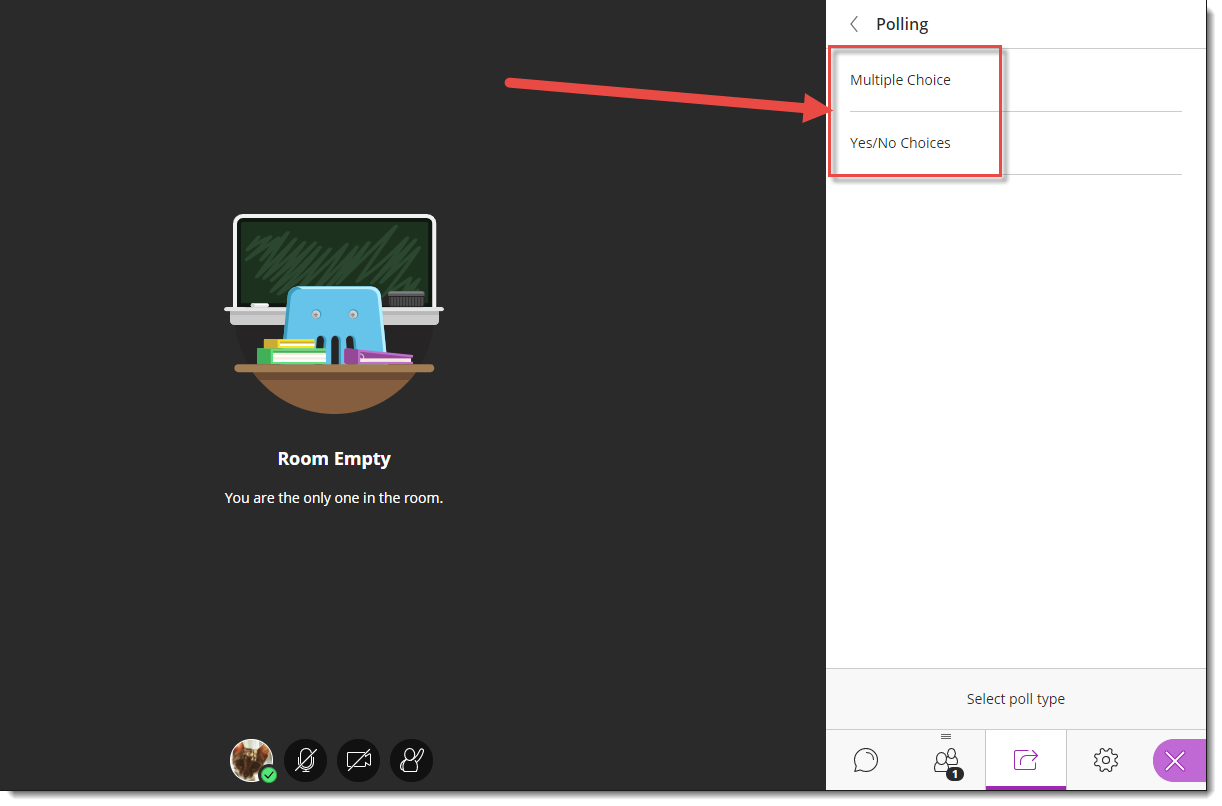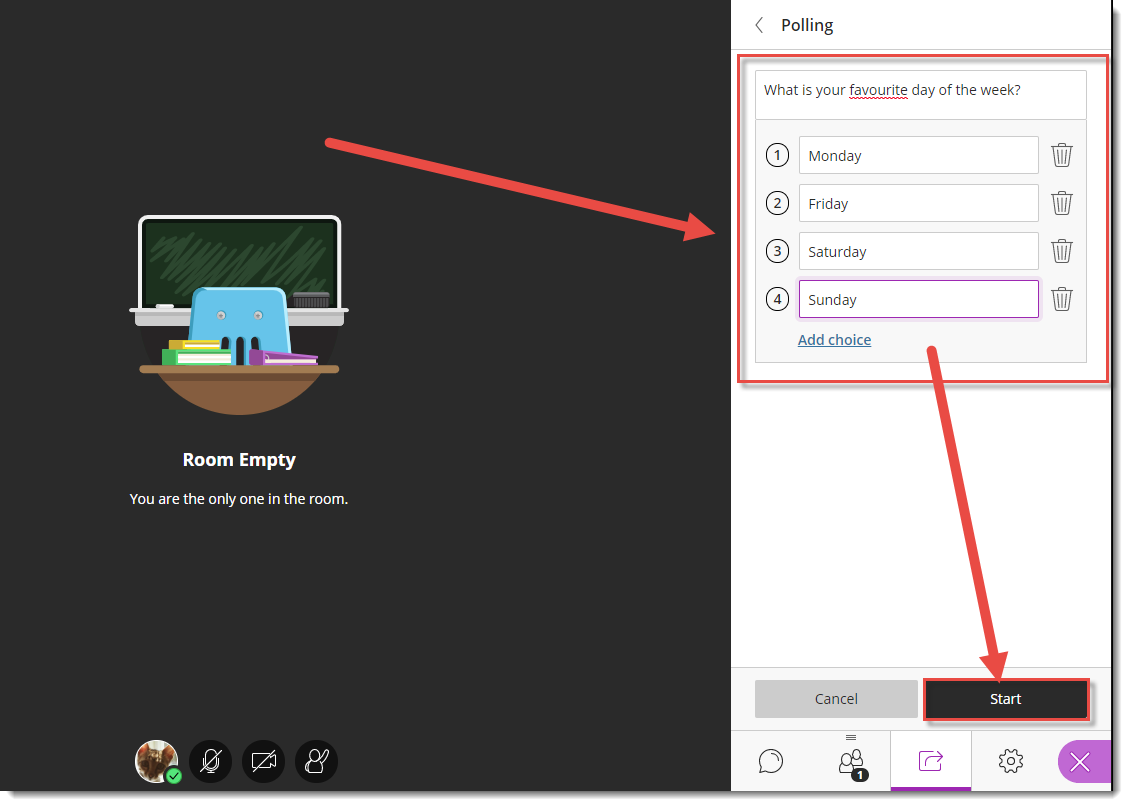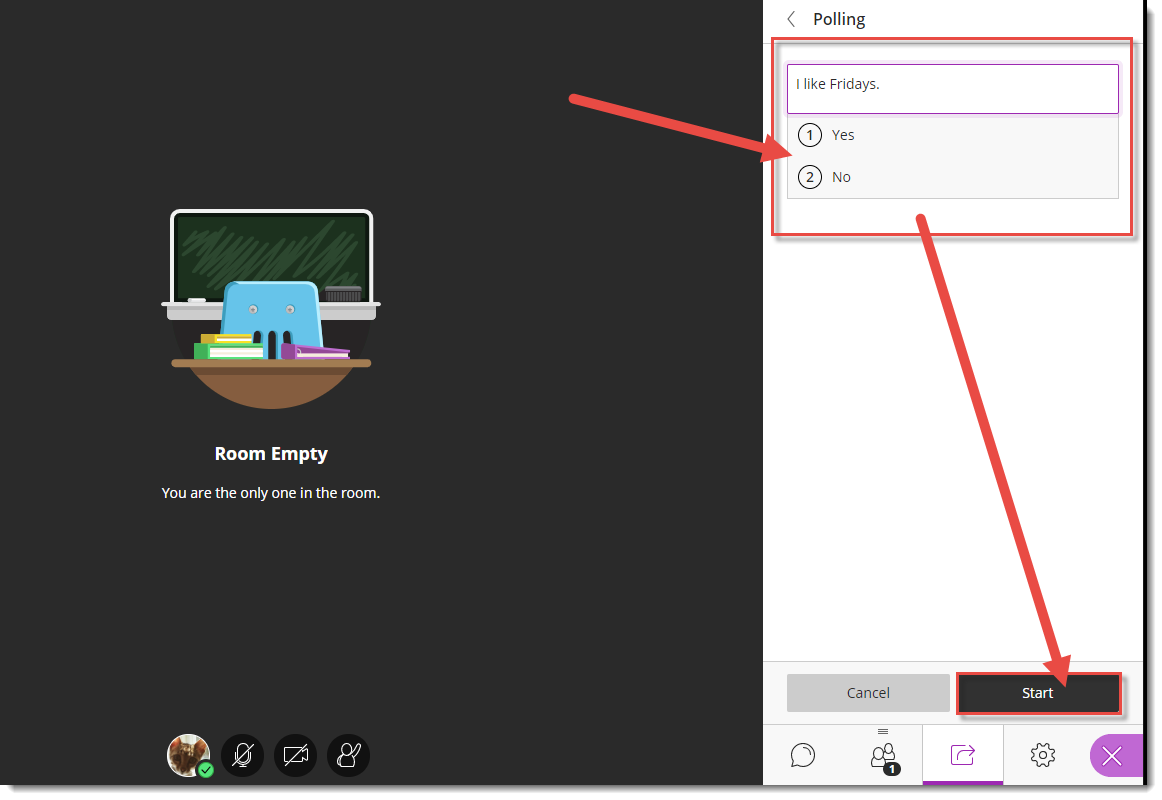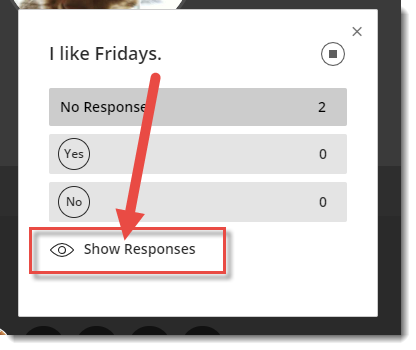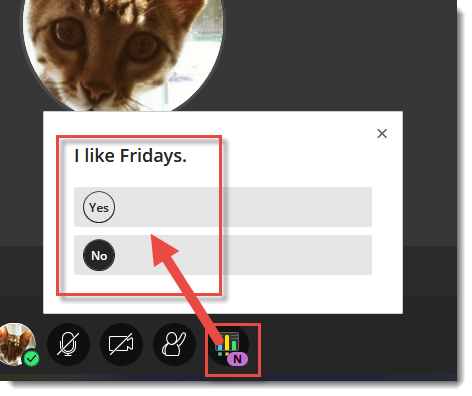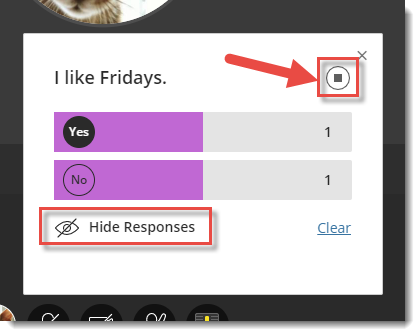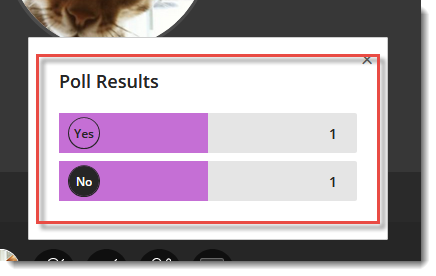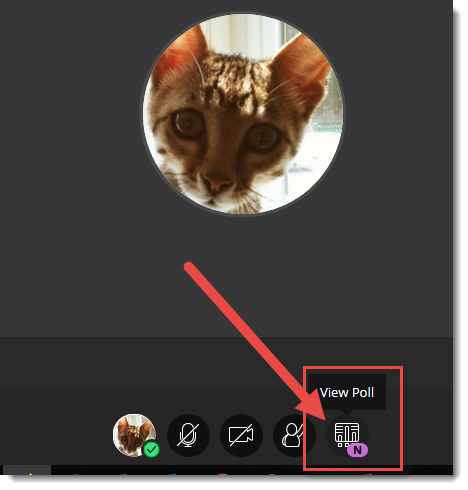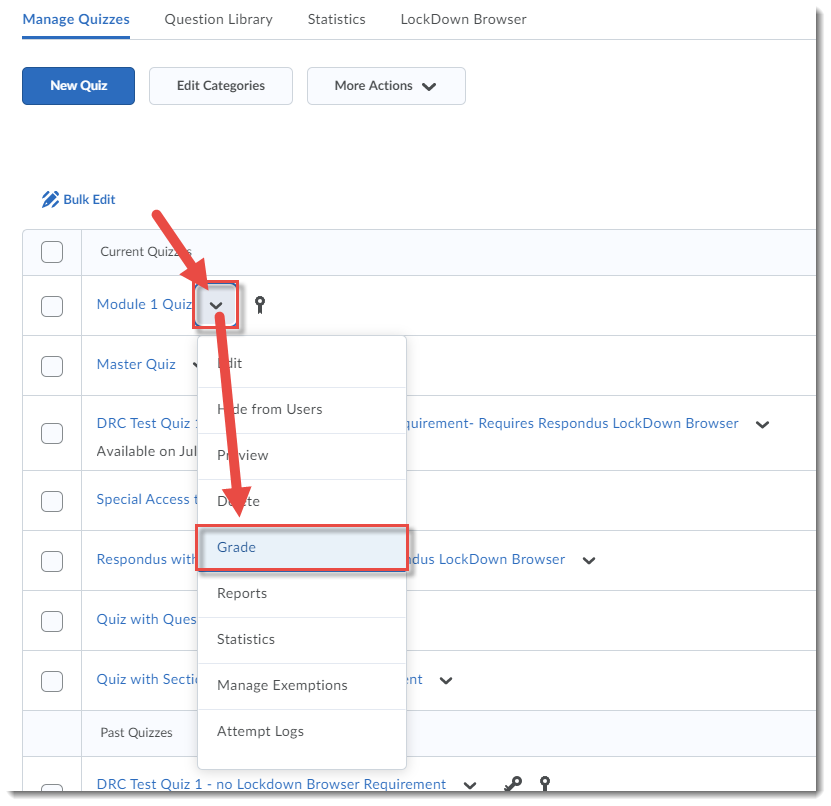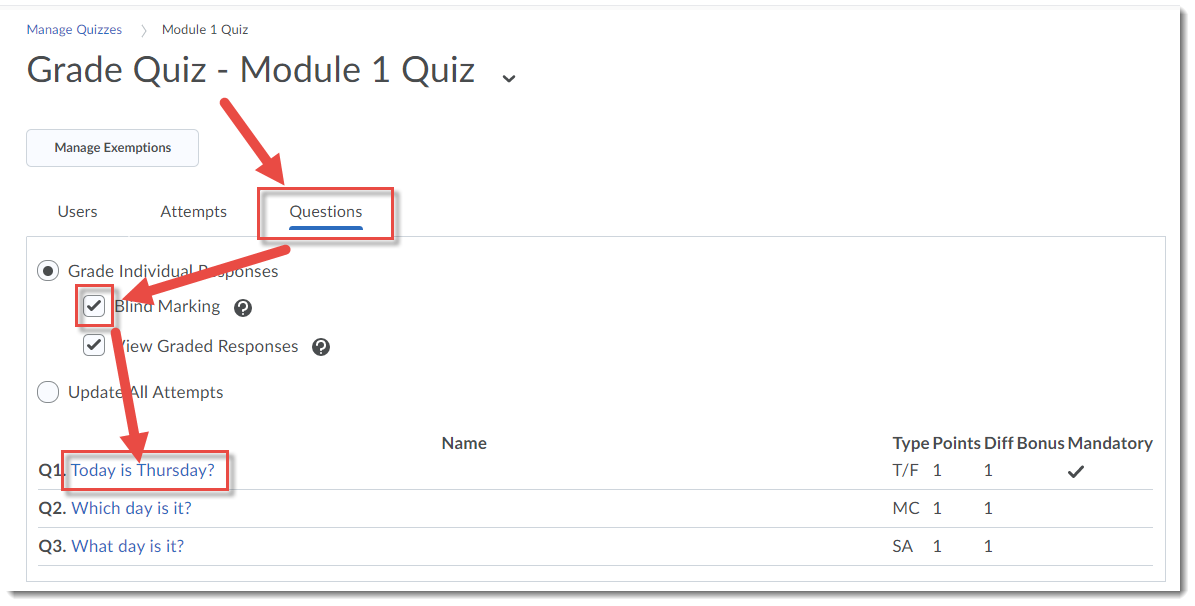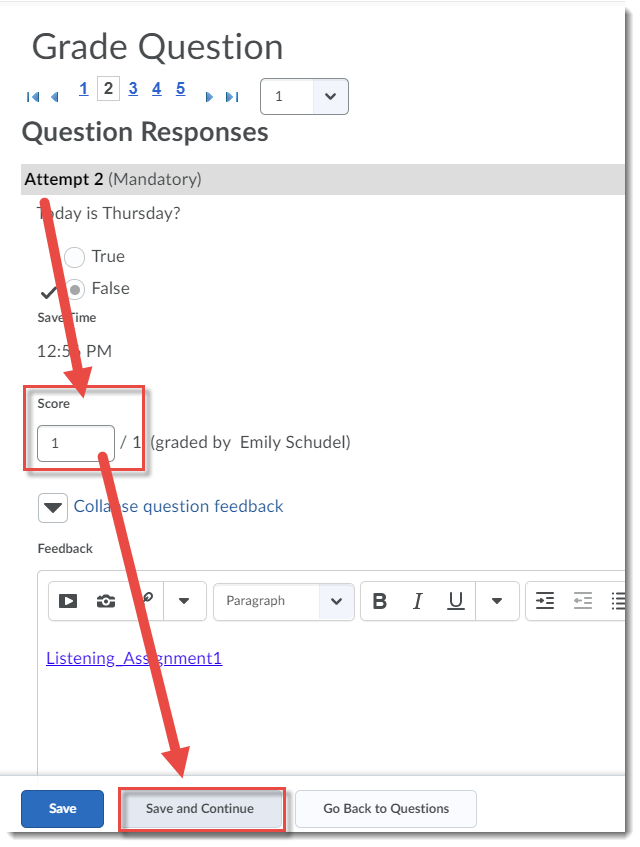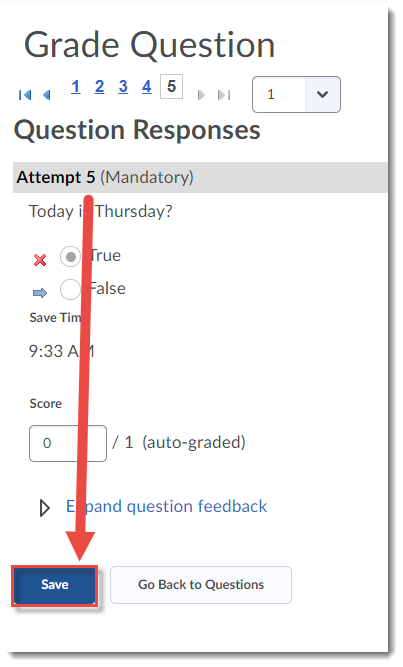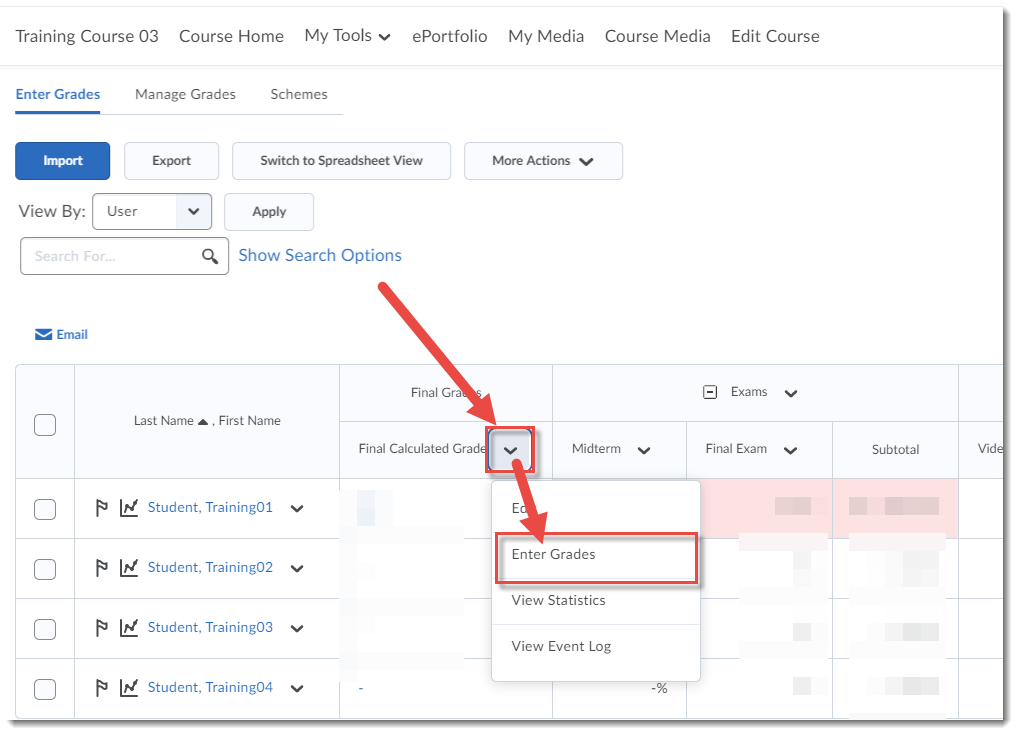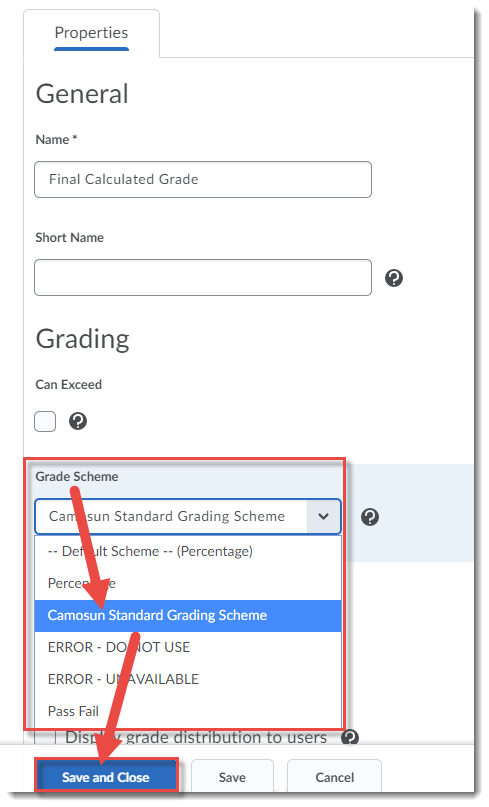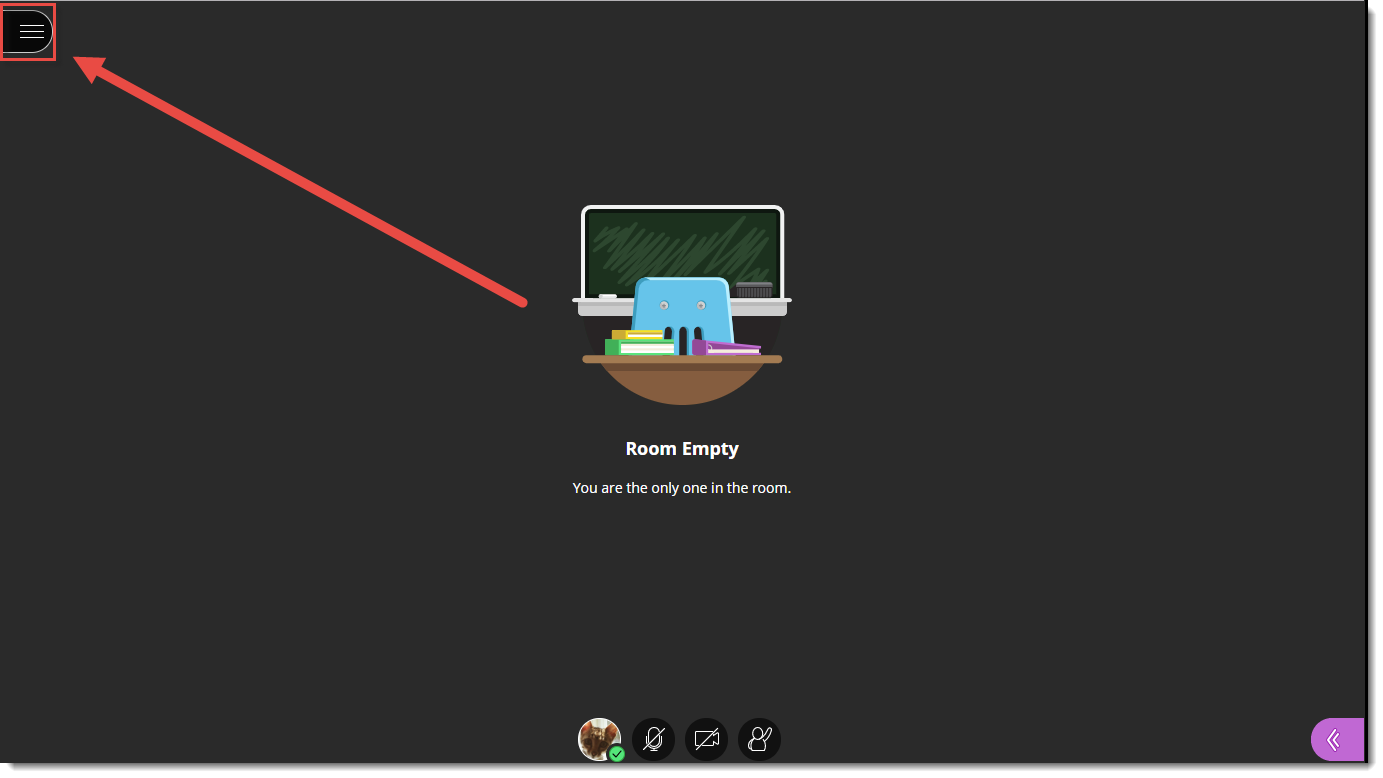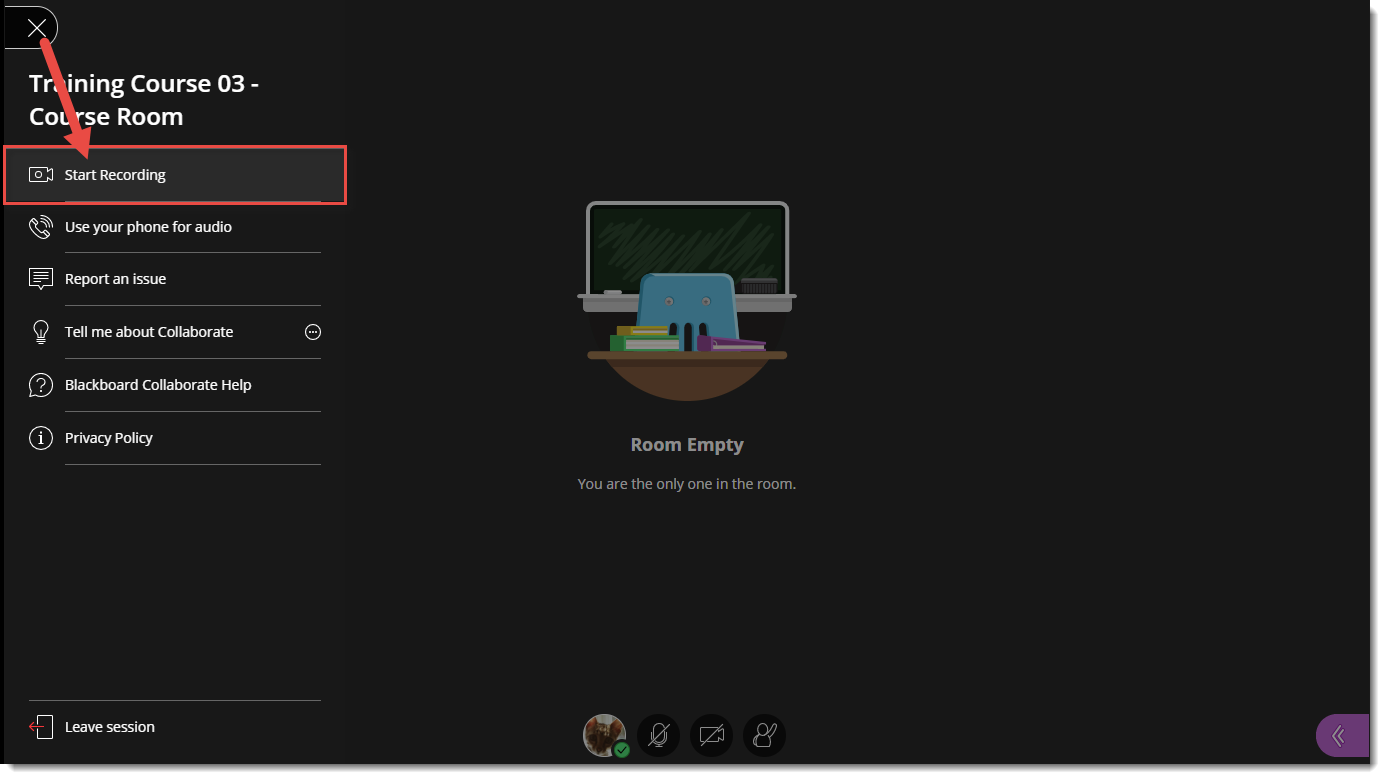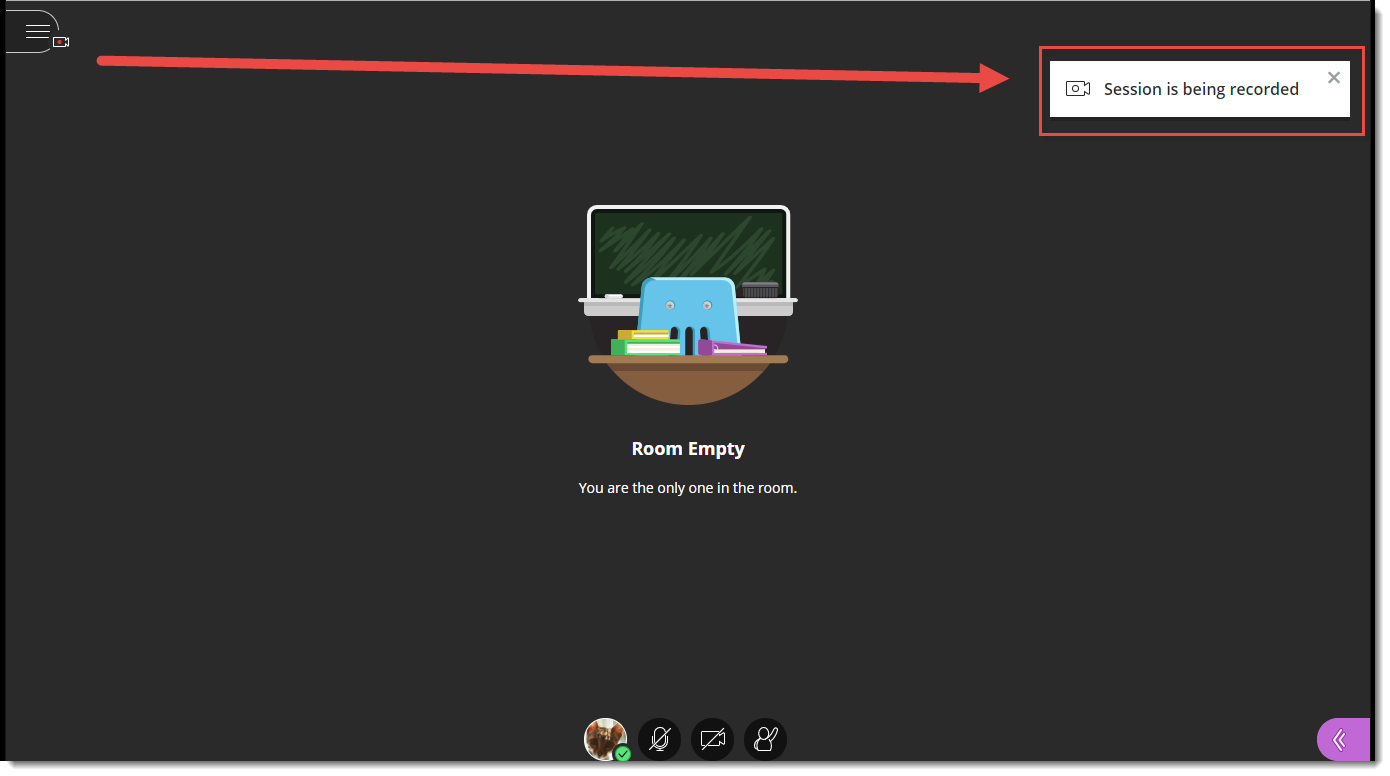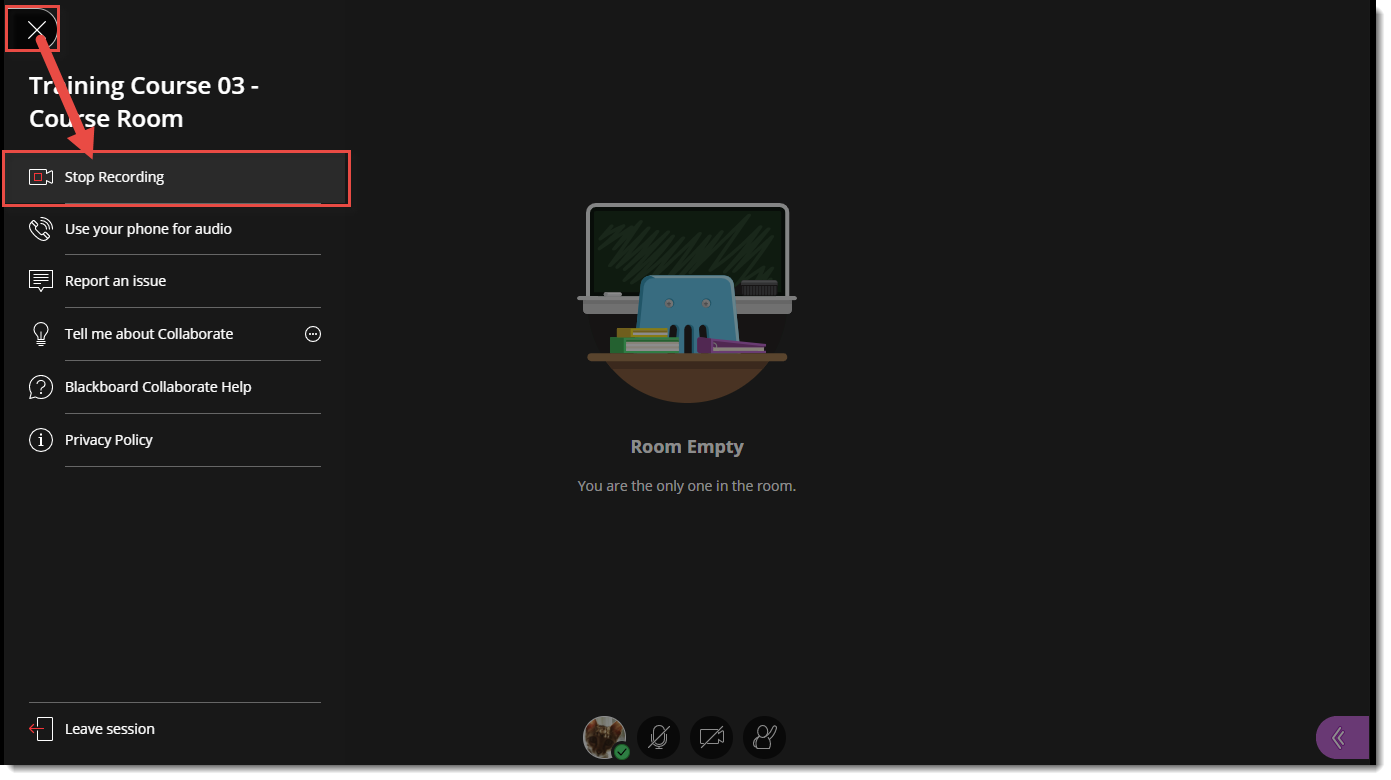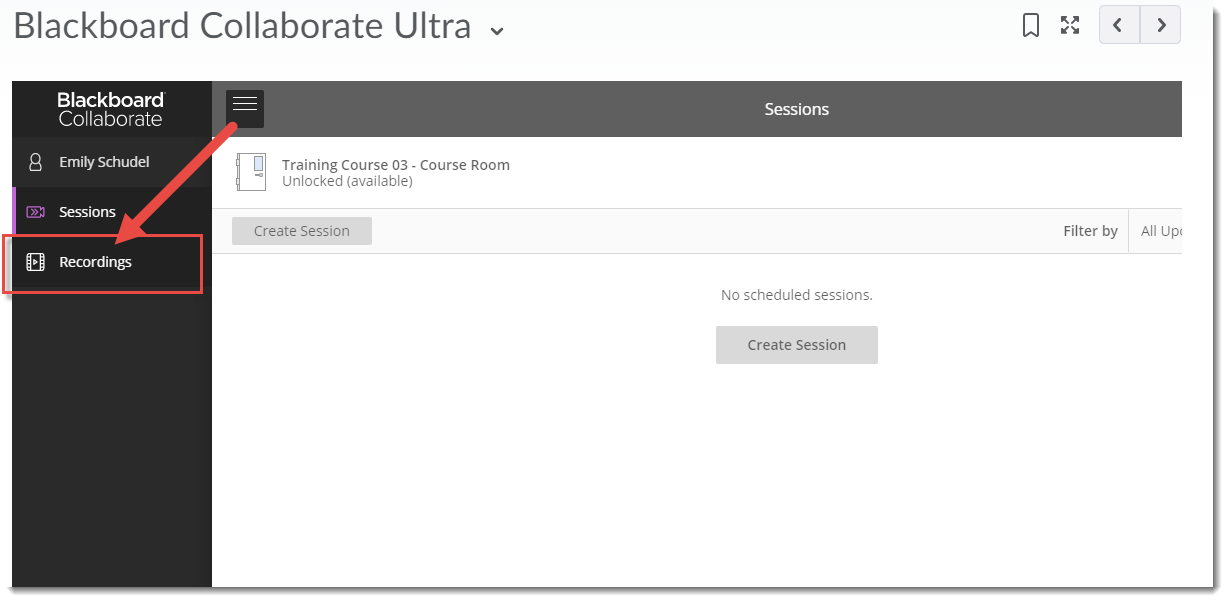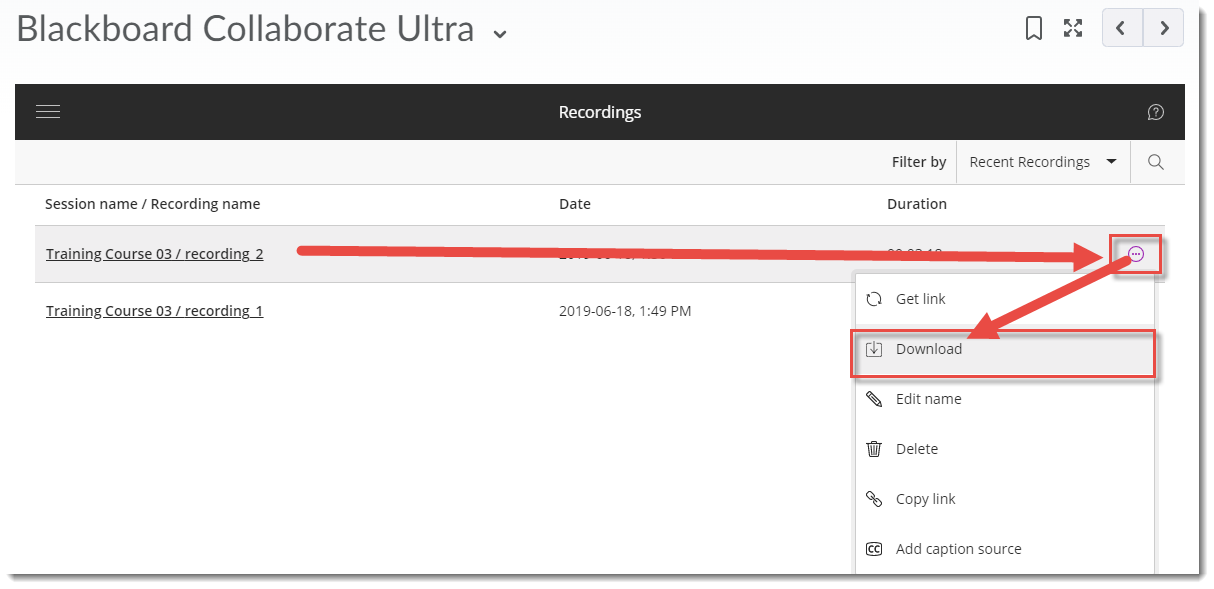Recently, Camosun College was awarded a BCcampus Open Education Sustainability Grant from BCcampus. This grant has been allocated to provide teaching release and professional support to Camosun instructors interested in redesigning their courses over the next year through creating, adapting, and/or adopting Open Educational Resources (OER) or engaging in other forms of open educational practices with the aim of enhancing the learning experience for students.
This would be an ideal project for May/June 2020 Scheduled Development. Accepted applicants will begin their projects with an intensive workshop (3 full days face to face with days between for reflection and homework) from May 19 to May 25, 2020. Project participants will learn from each other and will be supported by the Camosun open project team based in CETL and the Library.
To be considered for this project, interested faculty must submit a 250 word proposal by January 20, 2020.
Definitions of Terms from BCcampus
Application Guidelines
- Applicants must be CCFA or BCGEU faculty members (term or continuing) at Camosun College.
- Created/adopted/adapted OER must become a required resource for a course or courses, replacing a commercial textbook or resource.
- The creation/adoption/adaptation of the OER must reduce the cost to students (preferably to no-cost) and increase their use of a learning resource.
Proposal requirements
Submit your project proposal online by Jan. 20, 2020.
Proposal descriptions should be a maximum of 250 words, and include the following:
- What kind of project you would like to pursue – rationale, objectives
- How the project outcomes will reduce costs to students and enhance their learning experience
- If your project intends to create new OER, provide a rationale for why you are creating new resources rather than modifying or adapting existing resources
- Indicate when you plan on using your OER in your course(s). (Your OER should be ready to be integrated into your course(s) sometime between May 2020 and September 2021.)
- Letters of support from your Chair and Dean
Examples of possible projects
- Your project could be an Open Textbook, a multimedia resource, course modules, quiz questions/testbank, web resources, video, etc.
- Your project could support you moving away from traditional textbooks to adapting/adopting an existing open textbook, or moving to no textbook using a variety of open resources, etc.
- Your project could involve integrating open activities into your course activities, or creating non-disposable assignment options for students.
Evaluation Criteria
- Potential impact on student experience in the form of high-quality materials, maximum access, open and innovative pedagogy, and cost savings to students.
- Extent to which project includes curation and customization of OER that will be freely and openly shared throughout and beyond Camosun College.
- Distribution of “grants” across a range of disciplines.
If you have questions, please contact Emily Schudel, schudele@camosun.ca.



